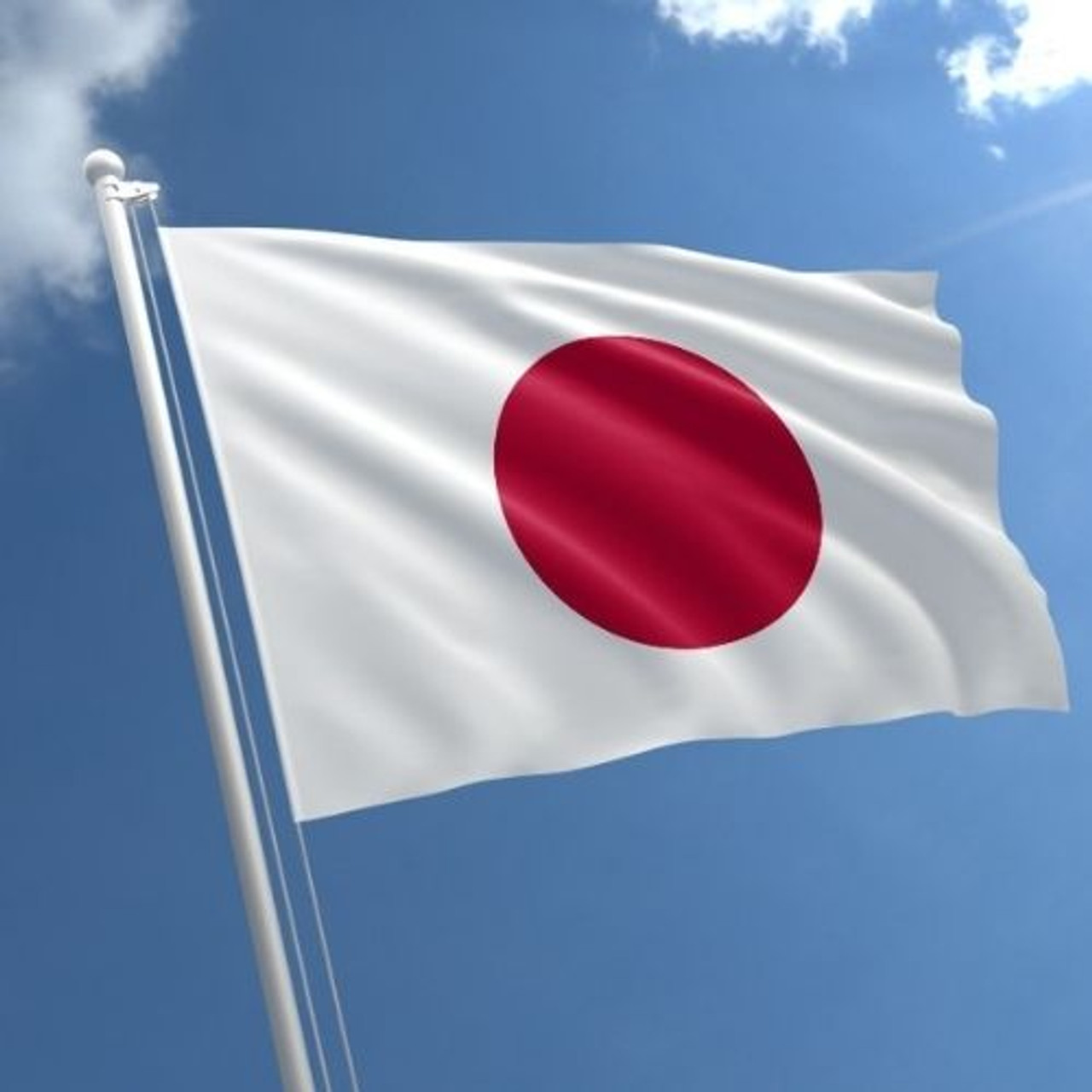Around the World: The sports market in Japan
Japan’s sports market is distinguished by a profound cultural reverence for traditional disciplines like Sumo wrestling and martial arts (Budo), which coexist alongside immense national enthusiasm for mainstream professional sports, particularly baseball via Nippon Professional Baseball (NPB) and increasingly football (soccer) through the J. League. This established landscape is further energized by the dynamic growth in modern segments, most notably e-sports, and a rising interest in global sports competitions and athletes.
A defining characteristic of the market is the exceptionally high level of fan engagement and brand loyalty observed among Japanese sports enthusiasts. Data indicates a sports engagement rate of 68%, coupled with a remarkable brand loyalty rate of 84%.
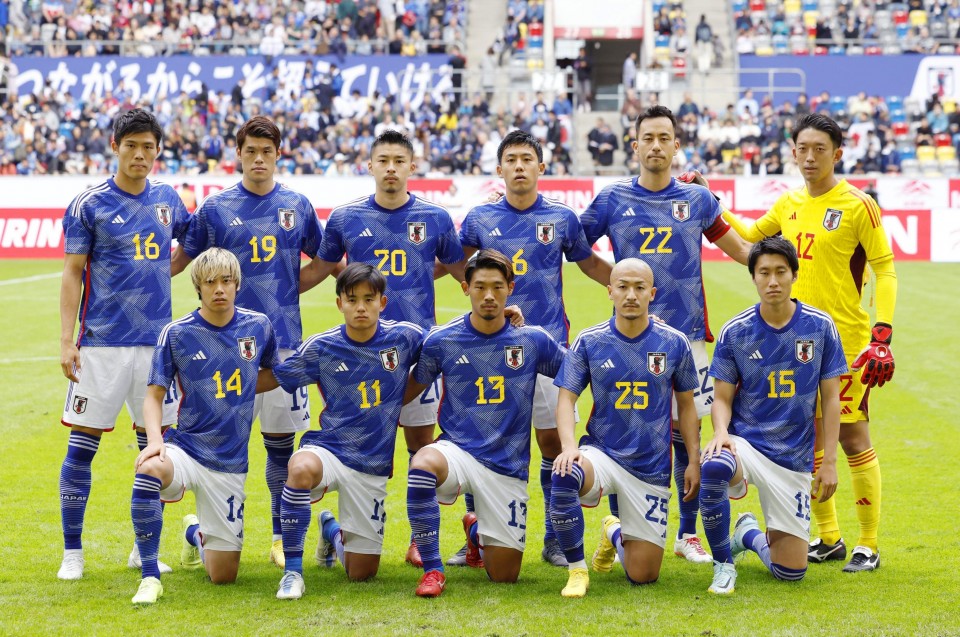
Overall Market Size, Scale and Economic Contribution
The sports sector represents a substantial pillar of the Japanese economy. Its contribution is estimated at nearly 2% of the nation’s overall GDP, underscoring the industry’s economic significance beyond its cultural and entertainment value. The financial scale of the organized sports ecosystem is considerable; the aggregate income for over 70 National Sport Associations (NSAs) reached ¥974 billion (approximately $6.7 billion USD at the reported time) in 2020.
Government commitment to the sector is robust. The Japan Sports Agency (JSA), established in 2015 as the primary body for sport policy under the Ministry of Education, Culture, Sports, Science, and Technology, operates with a significant budget of ¥180 billion (approximately $1.24 billion USD). This financial backing is part of a broader national strategy, formalized by the Basic Act on Sport (1999), which aimed to develop sport as an industry and recognized its potential for economic revitalization.
Several key segments illustrate the market’s scale and growth potential:
- Sports Sponsorship: A critical revenue component, this market was valued at close to $2 billion, with a projected growth rate of 8.5% in the coming years
- Sports Events: The market for organizing and hosting sports events was valued at USD 22.5 million in 2024 and is forecast to expand to USD 39.2 million by 2030, reflecting a robust Compound Annual Growth Rate (CAGR) of 9.7%.
- Sports Apparel: This major consumer segment stood at USD 10.17 billion in 2024 and is anticipated to grow steadily to USD 15.17 billion by 2032 (CAGR 5.28%).
- Sports Analytics: Highlighting rapid technological integration, this market was valued at USD 88.5 million in 2024 but is projected for explosive growth, potentially reaching USD 735.0 million by 2033 (CAGR 26.5%).
- Licensed Sports Merchandise: This market is expected to achieve revenues of USD 1,556.4 million by 2030, growing at a CAGR of 5.8% from 2025 to 2030.
- Regulated Sports Betting: The legal market, encompassing traditional public sports gambling and football lotteries, recorded revenues of USD 5.1 billion in 2023 and is projected to more than double to USD 10.5 billion by 2030 (CAGR 10.8%).
Economic Dimension: Value and Revenue Streams
The economic architecture of the Japanese sports market is robust and multifaceted, driven by significant consumer spending, substantial corporate investment and dedicated government support.
Market Value Breakdown
Specific segments within the sports market demonstrate considerable economic value and varying growth dynamics:
- Sports Event Market: Valued at USD 22.5 million in 2024, this segment is projected to grow to USD 39.2 million by 2030 (9.7% CAGR). Professional sports events currently dominate, accounting for 74.22% of revenue in 2024. However, the fastest growth is anticipated in E-Sports Events, signaling a shift towards digital and competitive gaming experiences.
- Sports Apparel Market: This is a major market segment, valued at USD 10.17 billion in 2024 and forecast to reach USD 15.17 billion by 2032 (5.28% CAGR). Consumer demand is strong, particularly for tops & t-shirts, with online retail channels gaining significant traction.
- Sports Analytics Market: Demonstrating the impact of technology, this market stood at USD 88.5 million in 2024 but is projected for exponential growth to USD 735.0 million by 2033 (26.5% CAGR). This rapid expansion is fueled by the increasing adoption of AI and data analytics for optimizing athlete performance and enhancing fan engagement strategies.
- Licensed Sports Merchandise Market: Projected to reach USD 1.56 billion in revenue by 2030, this segment shows steady growth (5.8% CAGR from 2025-2030).
- Sports Betting Market (Public Sports Gambling): Japan hosts a massive, legally sanctioned betting market centered around specific “public sports.” The overall market encompassing horse racing (Keiba), motorboat racing (Kyotei), bicycle racing (Keirin) and auto racing is estimated at $50 billion annually. Keirin betting alone saw wagers exceeding ¥1.2 trillion (approx. AUD$14 billion or over USD 9 billion) in 2023. A more specific segment often termed “sports betting,” which includes the popular football lottery ‘Toto’, was valued at USD 5.1 billion in 2023 and is projected to hit USD 10.5 billion by 2030 (10.8% CAGR). This highlights the immense economic scale and cultural acceptance of regulated sports wagering.
Demographic Dimension: Fans and Participants
The human element – the fans who follow sports with passion and the individuals who participate in them – forms the core of the Japanese sports market. Understanding the demographic characteristics of these groups, their levels of engagement, and how broader societal trends like the aging population impact them is crucial for assessing the market’s current state and future trajectory.
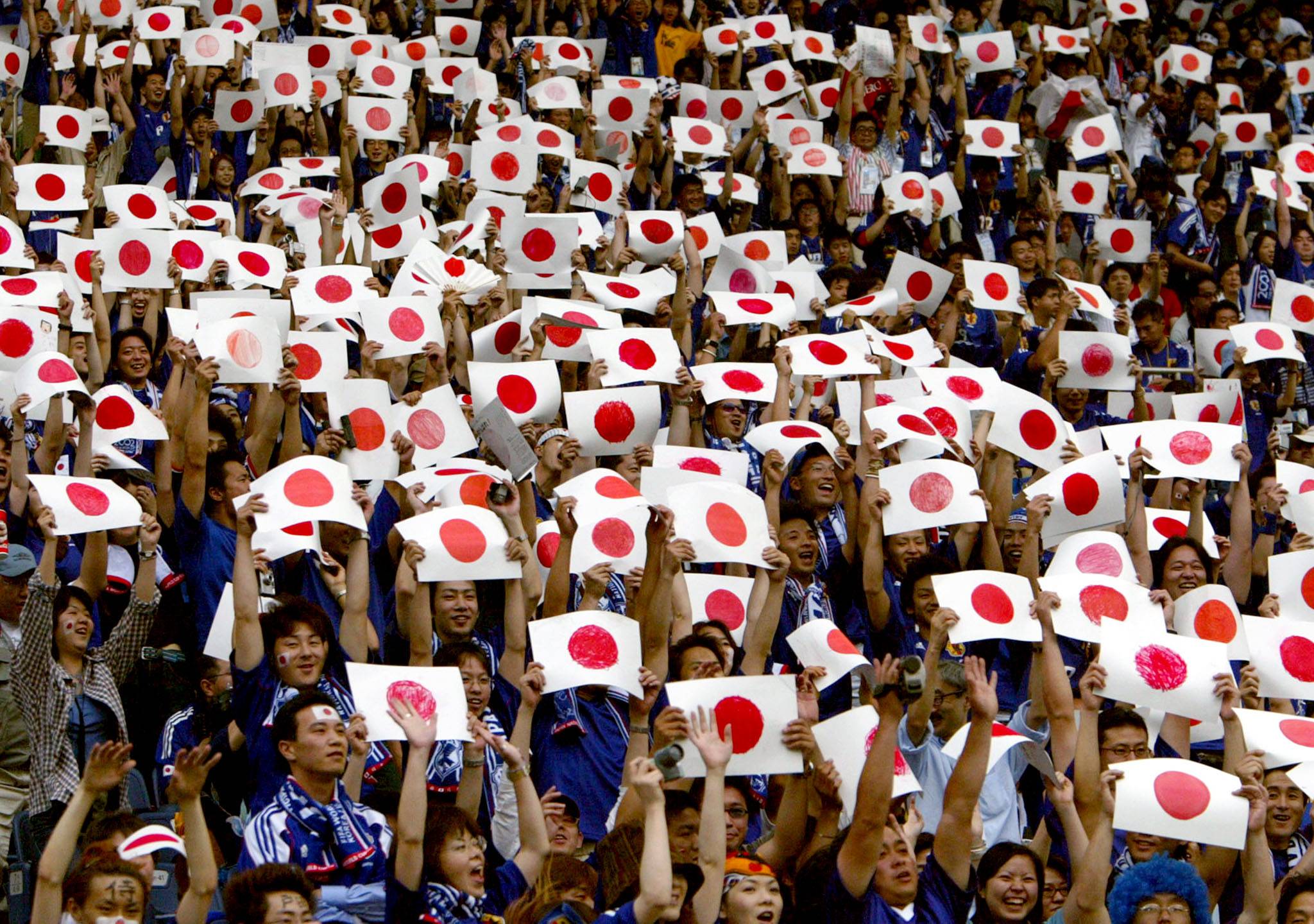
Fanbase Demographics (Age, Gender, Preferences)
Japanese sports fandom is widespread but exhibits specific demographic patterns:
- General Fandom: While historically showing a tendency towards a male majority among passionate fans, similar to trends observed in the UK, US, and Australia, the gender gap in sports fandom in Japan shows signs of closing, particularly within certain sports.
- NPB (Baseball) Fans: Baseball remains Japan’s most popular sport, claiming an estimated 22.1 million fans, roughly 20% of the population. Live game attendance reflects a gender split, with 11.6% of males and 5.8% of females having attended an NPB game in the past year. Television viewership is significantly higher, capturing 55.9% of males and 36.0% of females. Factors associated with a higher likelihood of attending NPB games include being male, younger, employed full-time, and having children, suggesting that working-age men and families form a key segment for live attendance.
- J-League (football) Fans: football commands a substantial fanbase of 10 million. Live attendance is lower than baseball but still significant, with 3.9% of males and 2.0% of females attending a match in the past year. Similar demographic factors (male, younger, full-time employment, children) are linked to J-League attendance demand.
- General Sports Spectating: Across all sports, 19.3% of adults attended a live event in the past year (23.2% male, 15.4% female). Attendance is highest among the youngest adult cohort (18-19 years old at 30.7%) and remains relatively strong among those in their 40s (23.9%). A noticeable decline in live spectating occurs among those aged 50 and over.
- Influence of Education: Educational background appears to influence spectating habits. Research suggests individuals with lower educational levels may favor more mainstream sports, often motivated by entertainment and social interaction. Conversely, those with higher education levels tend to watch a wider variety of sports, potentially driven by a desire for knowledge or cultural appreciation.
Sports Participation Rates
Participation in sports and physical activity is relatively high in Japan, though patterns vary significantly by age and gender:
- Adults (18+): A large majority (72.9%) of adults engaged in some form of sport or physical activity at least once in 2022. Weekly participation is common (58.5%), as is participation at least twice a week (49.1%). A notable 20.2% qualify as “active sports participants,” meeting criteria for frequency, duration, and intensity. Data from Tokyo further supports high engagement, with participation rates increasing to 66.3% by late 2023.
- Children (4-11 years): Sports club participation is prevalent, with an overall rate of 58.3%. Engagement peaks around ages 9-10 (grades 3-4) at 66.2%. Private sports clubs are the preferred venue for this age group, attracting 61.7% of participants, significantly more than community-based or school clubs.
- Youth (12-21 years): A marked decline in organized sports participation occurs in this age group, with the overall rate falling to 44.6%. The gender gap widens considerably: 52.5% of boys participate, compared to only 36.6% of girls. Participation is highest in junior high school (71.0%), driven largely by school club activities (bukatsu), but drops sharply in high school (49.6%) and plummets further among college/university students (25.8%) and young workers (9.8%). School sports clubs overwhelmingly dominate participation for adolescents, accounting for 78.7%.
Top Popular Japanese Athletes in Recent Months
Japan boasts a vibrant cohort of athletes who have captured national and international attention in recent months (late 2024 – early 2025). Their performances and presence continue to shape the sporting landscape:
- Shohei Ohtani (Baseball): Remains an exceptionally popular figure, consistently making headlines with his performance in Major League Baseball. His achievements continue to draw significant viewership and fan engagement in Japan.
- Naoya Inoue (Boxing): Known as “Monster,” this undisputed super bantamweight champion is a major fan favorite.
- Sumo Wrestlers (e.g., Terunofuji, Takerufuji): Top sumo wrestlers consistently capture national interest during the Grand Sumo Tournaments (Basho).
- Naomi Osaka (Tennis): A global tennis icon.
- Rui Hachimura (Basketball): His role with the NBA’s Los Angeles Lakers, including contributions to their 2023 NBA Cup win, keeps him in the spotlight as one of Japan’s most prominent basketball players.
- Kaori Sakamoto (Figure Skating)
- Moyuka Uchijima (Tennis): Achieved a career milestone by breaking into the WTA Top 50 rankings in May 2025, highlighting her rising prominence in Japanese tennis.
- Aoi Ito (Tennis): Another emerging talent in Japanese women’s tennis, Ito reached her first WTA 125 final in May 2025.
- Kaoru Mitoma (football): The Brighton & Hove Albion winger has garnered significant popularity, ranking high in fan surveys of favorite active athletes due to his performances in the English Premier League and for the national team.
- Sport Climbing Athletes (e.g., Sorato Anraku, Ai Mori, Tomoa Narasaki): With sport climbing’s increasing profile, members of the 2025 Japan national lead climbing team, such as World Cup winners Sorato Anraku and Ai Mori, and veteran Tomoa Narasaki, are athletes to watch.

Media & Broadcasting Landscape
The Japanese sports media market features a mix of established and new players:
- DAZN: A dominant force in digital sports streaming, DAZN holds exclusive domestic rights for all three divisions of the J. League and rights to select NPB games, alongside a portfolio including European football leagues (La Liga, Serie A, Ligue 1), motorsports and golf. Its entry significantly shifted the market towards digital consumption.
Public and Commercial Television:
- NHK (Nippon Hoso Kyokai): Japan’s public broadcaster remains influential, particularly among older demographics and traditionally broadcasts major national sporting events like Sumo tournaments and the Koshien high school baseball championship.
- Major Commercial Networks: Nippon TV (NTV), Tokyo Broadcasting System (TBS), Fuji TV, TV Asahi, and TV Tokyo are key players in the terrestrial broadcasting space. NTV holds the largest overall viewership share among commercial broadcasters (23%). These networks broadcast a variety of sports, often securing rights for specific events or leagues.
Specialized Sports Channels and Platforms:
- J Sports: A suite of satellite/cable channels dedicated to sports, also offering an On Demand streaming service covering specific NPB teams (Hiroshima Carp, DeNA BayStars, Chunichi Dragons) and other sports.
- Pacific League TV (Pa League TV): A dedicated streaming service providing comprehensive coverage of games from NPB’s Pacific League, offering discounts to official fan club members.
- Other Streaming Options: Various platforms cater to specific niches, including Hulu (Yomiuri Giants games), U-NEXT (DeNA BayStars), Rakuten Pa League Special (Pacific League, notably free for Rakuten Mobile users), and BaseballLIVE (Pacific League).
- Cable/IPTV Providers: Companies like J:COM offer sports content through their TV packages and associated streaming apps (J:COM STREAM).
Social Media Usage and Digital Platform Influence
Digital platforms play a crucial role in how Japanese fans interact with sports:
- Dominant Platforms: LINE reigns supreme as the primary social media network, used daily by over 78% of the population with over 96 million users. YouTube is the second most popular platform. X (formerly Twitter) and Instagram also have significant user bases. Notably, Western-dominant platforms like Facebook Messenger and WhatsApp are not widely used for general communication.
- Usage Patterns: The primary activities on social media are messaging (especially via LINE) and watching videos (primarily YouTube). Content creation remains relatively low, with only about 4.9% of users regularly posting their own content. LINE usage is widespread across demographics, while YouTube tends to skew slightly younger and more male. Instagram is gaining traction, particularly for video content and as a platform for discussing global issues.
- Influence on Sports Consumption: Digital platforms are increasingly central to the fan experience. DAZN’s entry required educating fans on the ease of digital access, demonstrating a successful transition. Major events leverage digital channels heavily; MLB’s Tokyo Series saw significant growth in engagement through its mobile app (which introduced native Japanese content) and social media channels.
The unique position of LINE as Japan’s dominant communication “super-app” offers sports organizations and brands an unparalleled channel for engagement. Its integration into daily life for messaging, news, payments, and more provides opportunities for fan communication, content distribution (especially highlights and news), community building, and even e-commerce (ticketing, merchandise) that go beyond the capabilities of typical Western social media platforms. Effectively leveraging LINE is crucial for reaching a vast majority of the population.
Key Differentiators: Unique Aspects of the Japanese Market
The Japanese sports market possesses several distinctive features rooted in its cultural history, social structures, and unique sporting traditions. These differentiators shape fan behavior, commercial opportunities, and the overall character of the industry, setting it apart from markets in North America, Europe, and even other parts of Asia.
Dominance and Culture of Baseball (NPB) and football (J-League)
- Baseball (NPB): Universally regarded as Japan’s most popular sport, both in terms of active participation and spectator following. It boasts an estimated 22.1 million fans and commands significant media attention, evident in high viewership for both domestic NPB games and MLB broadcasts featuring Japanese stars. Baseball is deeply woven into the fabric of Japanese society, extending beyond professional leagues to highly popular amateur levels.
- Football (J-League): While historically secondary to baseball, football has established a strong professional structure with the J. League and enjoys a large fanbase of 10 million. The league’s profile and competitiveness have grown, partly fueled by increased revenues from broadcasting deals, enabling the attraction of international talent and enhanced marketing efforts.
Significance of Sumo, Martial Arts (Budo) and Golf
- Sumo: More than just a sport, Sumo is a revered cultural institution deeply rooted in Japanese history, Shinto rituals, and traditional values. Its six annual Grand Tournaments (basho) are major cultural events, attracting significant domestic attention and international tourist interest. While facing challenges in maintaining youth interest, Sumo is exploring digital platforms and sponsorships to engage new audiences. Its cultural significance far outweighs purely commercial metrics.
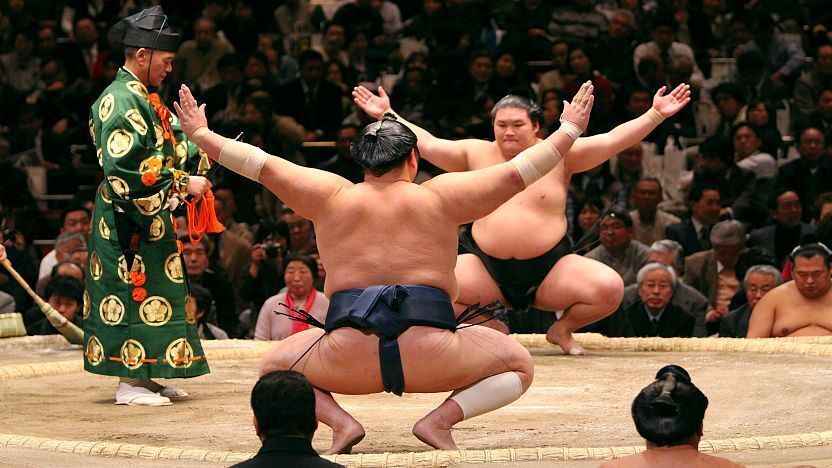
- Martial Arts (Budo): Traditional martial arts like Judo, Kendo, and Karate hold significant cultural importance and boast high participation rates. Over half the population (58.7%) reports having experienced some form of Budo, with Karate (35.8%) and Judo (30.1%) being the most common. Kendo alone has an estimated 1.77 million practitioners in Japan.
- Golf: Golf enjoys widespread popularity and participation. Estimates suggest around 5.85 million active golfers (based on course participation) in 2021, with notable growth in female participation. The number of officially registered golfers (holding a World Handicap System index) was over 629,000 in 2020. Japan hosts numerous professional tournaments and possesses extensive golfing infrastructure.
Unique Phenomena
- High-School Sports Culture (Koshien): The National High School Baseball Championship, held twice annually at Hanshin Koshien Stadium, is a cultural phenomenon unparalleled in many other countries. The summer tournament, in particular, captures the nation’s attention, drawing comparisons to the Super Bowl in terms of cultural significance. It features teams representing each prefecture, embodying local pride and community spirit. The event attracts massive crowds (regularly exceeding 500,000 total attendance) and millions of television viewers , showcasing the deep connection between baseball and regional identity.
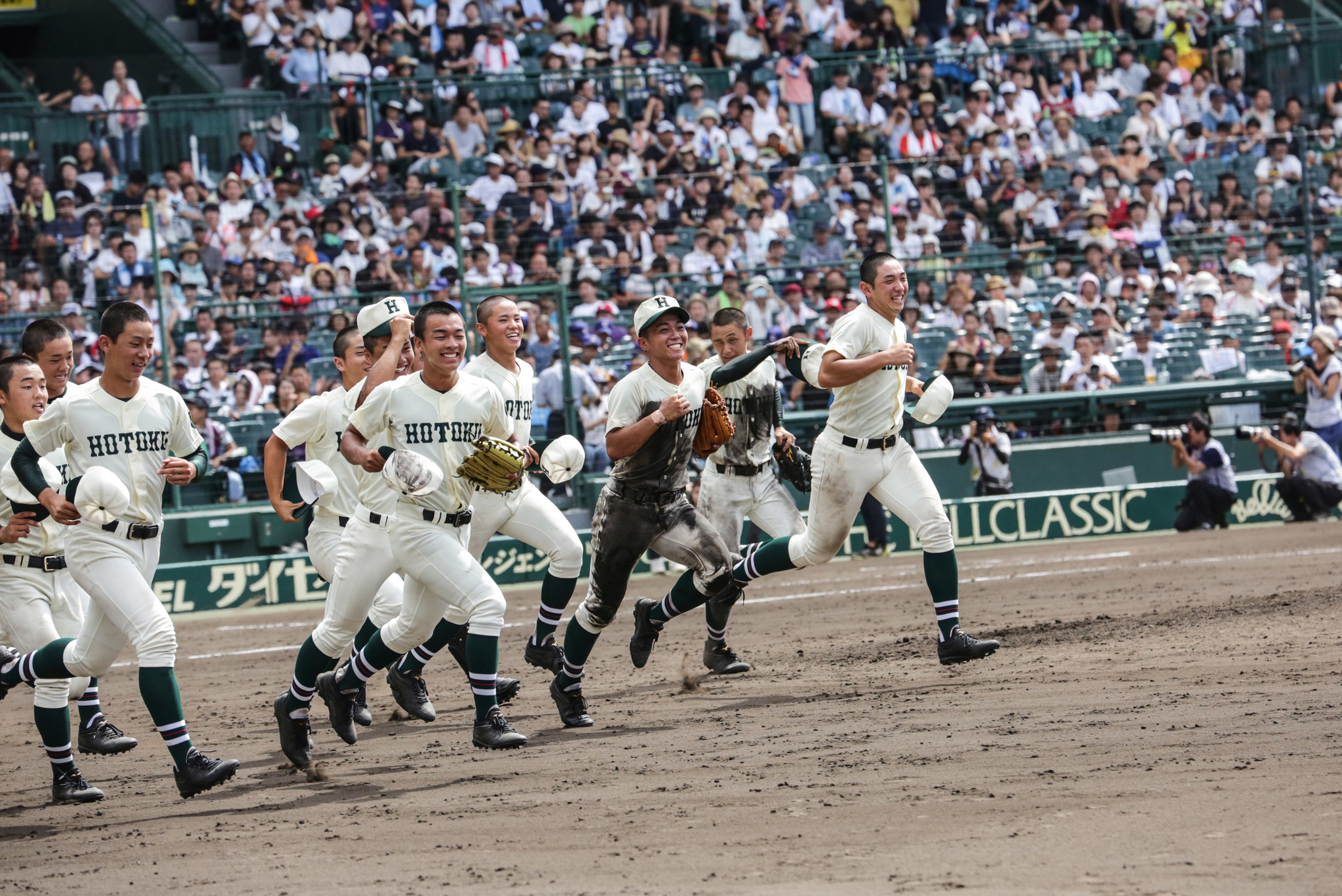
- Keirin Cycling/Betting: Originating in the post-WWII era as a means to stimulate local economies, Keirin is a unique form of track cycling intrinsically linked with legal gambling. It is one of only a few sports on which betting is permitted, regulated by the JKA Foundation. The scale is immense, with over ¥1.2 trillion (around AUD$14 billion / USD 9+ billion) wagered in 2023. Keirin has its own dedicated training school, strict equipment standards (NJS), and a ranking system for its nearly 2,500 professional riders (including a growing women’s division).
Strategic Approach for a Global Brand: Recommendations for Market Entry and Positioning
- Invest in Deep Market Intelligence: Before committing significant resources, conduct thorough research to understand the specific dynamics of the target sport or segment, regional variations in consumer preferences, the competitive landscape, and prevailing cultural attitudes. Standard global assumptions are unlikely to apply.
- Consider a Phased Entry: Rather than a large-scale, high-risk launch, consider a phased approach. This could involve entering a specific niche market first, launching a pilot program in a key city, or partnering with an established local player to test the waters and refine the strategy based on real-world feedback.
- Define a Culturally Resonant Value Proposition: Clearly articulate how the brand offers unique value that aligns with Japanese consumer priorities, such as superior quality, technological innovation, reliability, status, or contribution to community/wellness. Generic value propositions may fall flat.
- Demonstrate Long-Term Commitment: The Japanese market values stability and long-term relationships. Signal commitment through sustained investment, consistent presence, and relationship-building efforts, rather than focusing solely on short-term ROI. Building trust takes time.
Potential Partnership Models
- Strategic Sponsorships: Approach sponsorship not merely as an advertising buy, but as a deep, strategic partnership. Seek opportunities for co-creating value, such as joint community initiatives, sustainability programs, or technology integration projects. Consider opportunities in growing areas like the B.League or women’s sports, or explore the potential of stadium naming rights if cultural acceptance evolves.
- Corporate Alliances: Explore partnerships with established Japanese corporations that are already active investors or sponsors in the sports sector. This can provide market access, credibility and local expertise.
- Technology Collaboration: Given the rapid growth in sports tech , partner with Japanese technology firms or sports organizations to develop or implement cutting-edge solutions in analytics, AI, fan engagement platforms, or broadcasting.
- Grassroots and Community Investment: Build brand affinity and demonstrate long-term commitment by supporting youth sports programs (targeting private clubs for younger children and school-based clubs for adolescents ) or aligning with national health and wellness objectives through community sports initiatives.
- Localization is Paramount: Invest heavily in professional, native-level localization for ALL brand communications – marketing materials, website, app interfaces, customer service scripts, social media content. This goes far beyond translation to encompass cultural adaptation of tone, style, and imagery. Avoid simply repurposing global campaigns.
The Critical Role of Localization and Cultural Adaptation
Success in Japan hinges on a deep and authentic commitment to localization that permeates the entire business strategy:
- Product Adaptation: Be prepared to modify products – including features, sizing, packaging, and user interfaces – to meet the specific preferences and expectations of Japanese consumers.
- Service Excellence: Implement customer service protocols that meet Japan’s exceptionally high standards for politeness, responsiveness, and problem resolution.
- Cultural Sensitivity: Ensure all brand activities, communications, and employee interactions demonstrate respect for Japanese traditions, customs, and social etiquette. Avoid cultural appropriation.
- Build Local Expertise: Consider establishing a local office with Japanese leadership and staff, or partner closely with local agencies and consultants who possess deep cultural and market understanding. Empower local teams.
- Adopt a Long-Term Perspective: Building trust, brand loyalty, and market share in Japan is typically a gradual process requiring patience, consistency, and continuous adaptation based on local feedback. The success of brands like Rakuten, achieved through sustained, deep investment in relevant sports properties, serves as a pertinent example.


